Advancements in Wireless Technology
Technological advancements in wireless communication are significantly influencing the WiGig Market. Innovations in chipsets and antenna designs are enhancing the performance and efficiency of WiGig solutions. These advancements allow for better signal propagation and increased range, making WiGig more accessible for various applications. Furthermore, the development of multi-gigabit wireless standards is likely to drive adoption across different sectors, including healthcare, education, and entertainment. The market for wireless technology is projected to grow substantially, with estimates suggesting a value of over 300 billion dollars by 2026. This growth indicates a favorable environment for WiGig technology, as it aligns with the broader trends in wireless communication and the increasing demand for high-speed connectivity.
Integration with Smart Home Technologies
The integration of WiGig technology with smart home devices is a notable driver in the WiGig Market. As the Internet of Things (IoT) continues to expand, the demand for seamless connectivity among smart devices is increasing. WiGig's high-speed capabilities enable rapid communication between devices, enhancing user experiences in smart homes. For instance, devices such as smart speakers, security cameras, and home automation systems benefit from the low latency and high throughput that WiGig provides. Market analysts suggest that the smart home segment is expected to witness substantial growth, with projections indicating a market size exceeding 150 billion dollars by 2025. This integration not only boosts the functionality of smart devices but also positions WiGig as a critical component in the future of home automation.
Rising Demand for High-Speed Data Transfer
The WiGig Market is currently experiencing a surge in demand for high-speed data transfer solutions. As consumers and businesses increasingly rely on bandwidth-intensive applications, the need for faster wireless communication becomes paramount. WiGig technology, which operates in the 60 GHz frequency band, offers data rates up to 7 Gbps, significantly surpassing traditional Wi-Fi standards. This capability is particularly appealing for applications such as 4K video streaming, virtual reality, and large file transfers. According to recent estimates, the demand for high-speed connectivity is projected to grow at a compound annual growth rate of over 20% in the coming years. This trend indicates a robust market potential for WiGig solutions, as they cater to the evolving needs of both individual users and enterprises seeking efficient data transfer methods.
Growing Adoption in Enterprise Environments
The WiGig Market is witnessing a growing adoption of WiGig technology in enterprise environments. Businesses are increasingly recognizing the benefits of high-speed wireless connectivity for applications such as video conferencing, cloud computing, and data-intensive tasks. WiGig's ability to support multiple devices simultaneously without compromising performance makes it an attractive solution for modern workplaces. Recent studies indicate that enterprises are investing heavily in upgrading their wireless infrastructure, with a significant portion of this investment directed towards high-speed solutions like WiGig. The enterprise segment is expected to contribute substantially to the overall growth of the WiGig market, with forecasts suggesting a market size of over 50 billion dollars by 2025. This trend underscores the importance of WiGig technology in enhancing operational efficiency and productivity in business settings.
Emerging Applications in Augmented and Virtual Reality
Emerging applications in augmented reality (AR) and virtual reality (VR) are driving interest in the WiGig Market. As AR and VR technologies become more prevalent in gaming, training, and simulation, the demand for high-speed, low-latency wireless connections is critical. WiGig's capabilities align well with the requirements of these applications, providing the necessary bandwidth to support immersive experiences. The AR and VR market is projected to reach a value of over 200 billion dollars by 2025, indicating a substantial opportunity for WiGig technology to play a pivotal role in this growth. As developers seek to create more sophisticated and engaging experiences, the reliance on WiGig for seamless connectivity is likely to increase, further solidifying its position in the market.


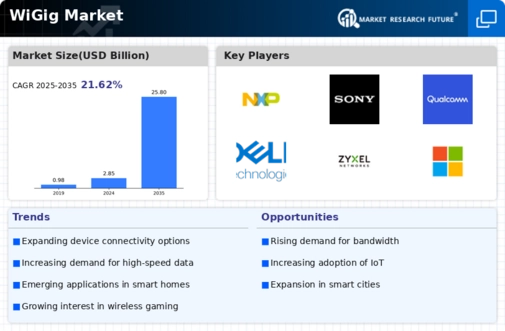
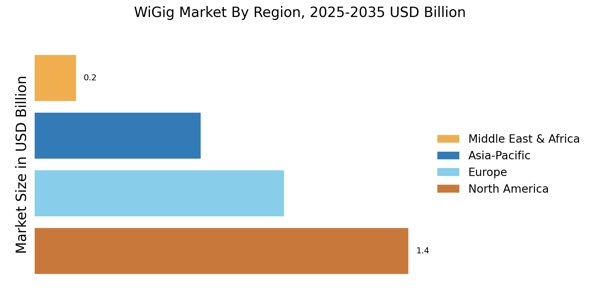

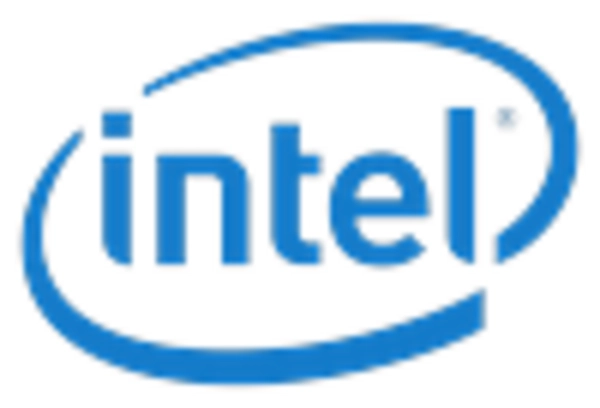

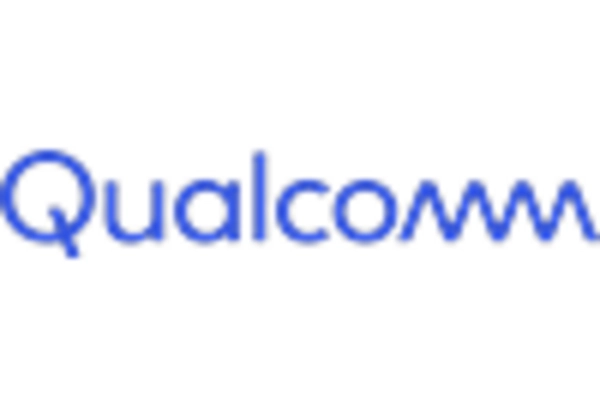

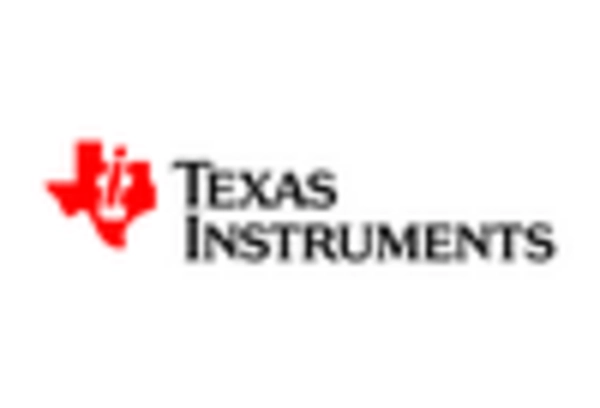








Leave a Comment